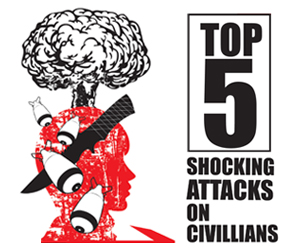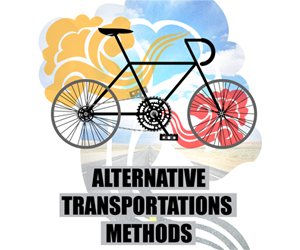
According to the Society for Physical Disabilities, the number of job vacancies for persons with disabilities doubled from 121 to 275 between 2010 and 2012. However, while employers are more willing to hire persons with disabilities, there is a lack of awareness of how they can successfully integrate a person with disability into their workforce. Much social stigma still blights people with hidden disabilities such as autism, where a child’s behaviour may be mistaken for naughtiness.
In general, the term disability is often used to describe an ongoing physical challenge. Some disabilities are more noticeable than others. Many are immediately obvious, especially if someone relies on a wheelchair or walking stick. But others – known as “invisible” disabilities – are not. People who live with them face particular challenges in the workplace and in their communities.
There are thousands of illnesses, disorders, diseases, dysfunctions, birth defects, impairments and injuries that can be hindering. The following diagram illustrates just some of the most common invisible disabilities that people might have.
- Attention deficit hyperactivity disorder (ADHD) is shown by a continuous pattern of inattention and/or hyperactivity. Symptoms can include having difficulty: concentrating, being easily distracted, organizing and completing tasks, and tasks such as reading and listening, following directions, and sitting for long periods.
- Tourette Syndrome is shown by rapid, repetitive and involuntary muscle movements and vocalisations called “tics”, and often involves behavioural difficulties. Usually tics increase as a result of tension or stress and decrease with relaxation or concentration on an absorbing task.
- Epilepsy is a relatively common disorder that takes the form of recurring seizures. A seizure occurs when there is a sudden, uncontrolled, surge in the normal electrical activity in all or part of the brain.
- Dyslexia is a type of specific learning difficulty (SLD) in which the person has difficulties with language and words. Symptoms can include poor reading, bad spelling, difficulties summarizing information and problems with a foreign language.
- Asperger’s Syndrome is an autism spectrum disorder (ASD) or pervasive developmental disorder. People with Asperger syndrome can have difficulty socializing and But they are usually quite clever, with average if not advanced intelligence.
- Obsessive Compulsive Disorder (OCD): is shown by a person feeling that something must be done over and over. Examples include repeating a sentence or action many times until it is “just right”.
The government has increased early intervention services for children, and residential facilities and day-care services for adults with disabilities over the past 5 years. But people say that while infrastructure and services lay the foundation for an inclusive society, a key aspect is acceptance and understanding.
The bottom line is that everyone with a disability is different, with varying challenges and needs, as well as abilities and attributes. So we should learn to listen with our ears, instead of judging with our eyes.
What can we do to be more aware of and inclusive of those suffering invisible disabilities?




















